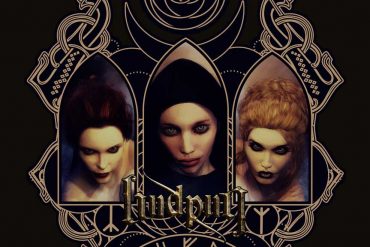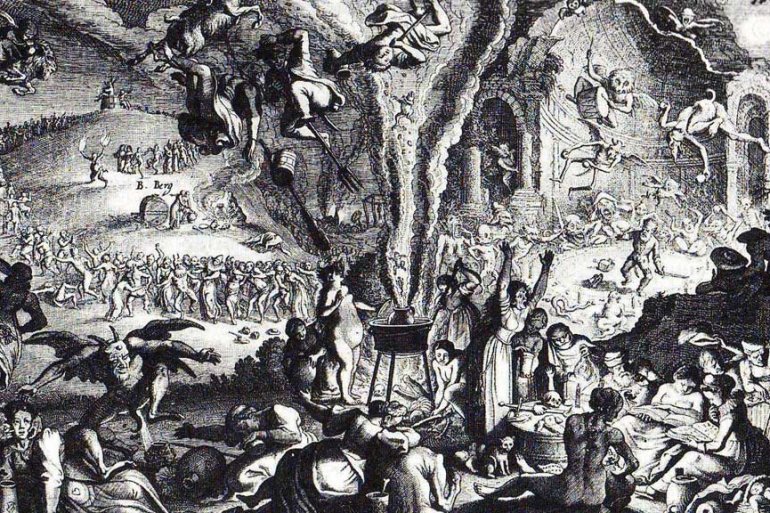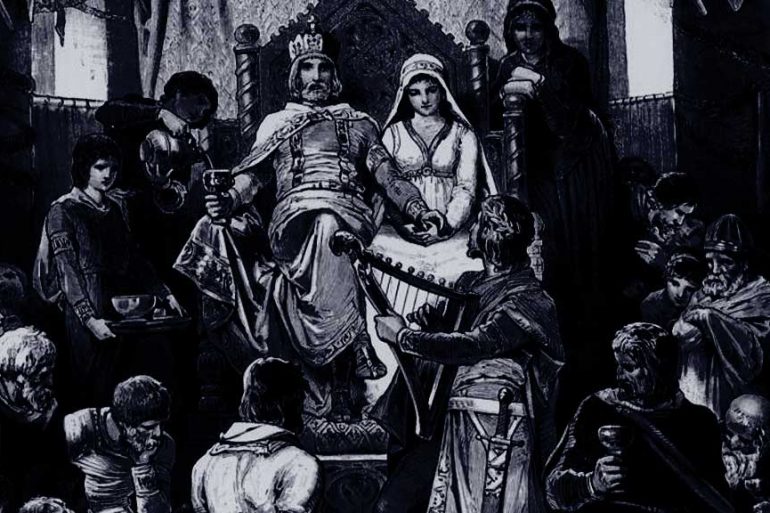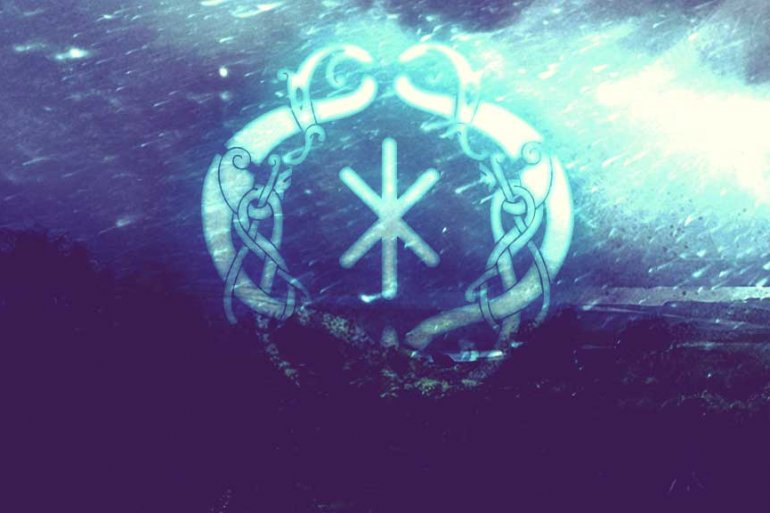Apart from gods or goddesses, medieval authors often refer to female guardian spirits identified as dísir and sometimes fylgjur. The conceptions under-lying these two kinds of spirits undoubtedly differed initially, however some of the later authors employed the terms interchangeably. Reference is made several times to sacrifice to the dísir, conducted at the start of the winter season. The ritual concerned a festive meal and...
Bible quote from Book Exodus 22:18 “Don’t allow a female sorcerer to live.” Most legends and history intertwine and are inclusive of many items woven into a subject. As already said in previous post yesterday – https://www.maier-files.com/walpurgisnacht/ -, Walpurgis has many legends and stories very few which are true and have cost many innocent people their lives. If your garden or farm prospered better than...
In the last days of paganism in Germany, the druids’ sacrifices were subject to punishment by death at the hands of the literalist Christians. Nevertheless, at the beginning of springtime the “druids” and the populace sought to regain the peaks of the mountains so that they could make their sacrifices or experience their celebrations at these remote locations, intimidating and chasing off the Christians (usually through the latter’s fear of the devil). The legend of the first Walpurgis Night is […]...
It’s almost Walpurgisnacht, no better moment to have a closer look at our witches or Hexen. Where did this cruel hatred against women and the ancient pre-christian sanctuaries start? When Pope Innocent VIII (1484–92) professed his belief in witchcraft, he condemned it, and dispatched inquisitors to Germany to try its supposed practitioners and punish them unimpeded. Singling out Mainz, Cologne, Trier, Salzburg, and Bremen, the...
In every varieties of the Arthurian legend, the traditional reality of Arthur (who supposedly was the Warrior King of the Nordic Cimres as they definitely battled against the Anglo-Saxons between the 5th and sixth century C.E.), is less important in comparison to the aspect according to which we are led to see in his kingdom a sense of the fundamental regal function purely linked to...
The writer Aventinus stated that the Minne and the Minnesingers did not have anything to do with love and constant courting. Minne means “memories”. The sonnets render last honors to old lords, to the proud history of a folk and their secrets. In these songs one can find a hidden knowledge … Troubadours or Minnesingers such as Wolfram von Eschenbach proclaimed Sibilla a prophetess, a pythia of the Grâl and she dwelled inside a magical mountain. Apollo A pythia was […]...
In Sanskrit, skull cups are known as kapala, and they are generally formed from the oval section of the upper cranium. They served as libation vessels for large numbers of deities, which were mostly wrathful. However, they are also seen with gods such as Padmasambhava (India), who holds the skull cup, which is described as holding an ocean of nectar that floats in the longevity...
Like in all ancient Norse myths codes and messages are hidden within. Mainstream scholars like us to believe that these myths are just simple stories to entertain or to describe natural phenomena our dumb forefathers were too ignorant to understand. But these tales are like riddles and intellectual challenges to be solved and contain real wisdom and knowledge. Ms. Jessie L. Weston, after more than...
Hagal is the rune of a goal and confrontation with past patterns.
Trying to understand one of the many hidden histories and layers within Maier files is trying to understand the Grail quest and its influence on many even nowadays. The Arthurian legends are an obvious start. The fabulous stories of King Arthur and the Grail are currently so well known that they extensively researched and remarked upon by many different authors and researchers. However numerous individuals...
We already mentioned goddess Saga (https://www.maier-files.com/what-you-didnt-know-about-saga/), now let’s meet Frigg. Frigg was one of the more widely worshipped Germanic goddesses, appearing in Scandinavia, Britain, and on the Continent. Snorri names her the foremost of the Asynjur, a group of goddesses described as being equal in holiness and authority to the male Aesir (Gylfaginning, ch. 20). Nevertheless, very little is known about her worship, and until...
In the Maier files puzzle and quest everything adds up to something and there are several intertwined levels that will eventually result in solving the Otto Maier enigma. One clue and deeper meaning can maybe be found in the history of Saga because a Saga records the history of a people’s soul. Saga is one of the Norse goddesses who are numbered among the Asynjur. Snorri (Gylfaginning, ch. 35) lists her as the second goddess and states that she lives […]...













